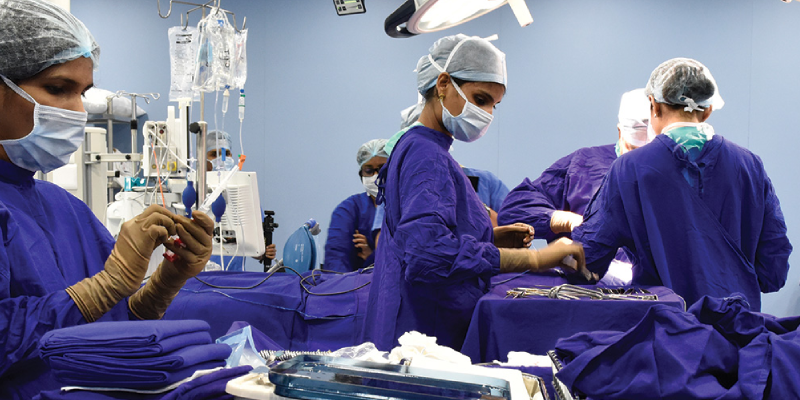
Emergency Surgery
Emergency surgery is a life-saving medical intervention performed immediately to treat conditions that pose a serious risk to a patient’s health, safety, or survival. Unlike planned or elective procedures, emergency surgeries are carried out without delay, often within minutes or hours of diagnosis, to prevent complications and preserve life.
What is Emergency Surgery?
Emergency surgery refers to any urgent surgical procedure performed to address trauma, acute illness, or sudden complications that cannot wait for scheduled treatment. It is usually required when a patient’s condition is critical and immediate intervention is the only way to prevent deterioration.
Examples of situations requiring emergency surgery include:
– Severe trauma from road accidents, falls, or injuries
– Internal bleeding or organ rupture
– Acute appendicitis with perforation
– Obstructed or strangulated hernia
– Gastrointestinal perforation causing peritonitis
– Severe head injuries requiring neurosurgical intervention
– Emergency cesarean sections in complicated pregnancies
Importance of Emergency Surgery
The primary goal of emergency surgery is to save lives, control damage, and restore normal function as quickly as possible. Immediate surgical intervention is crucial because:
– It prevents further complications such as sepsis, shock, or organ failure.
– It reduces mortality in critical cases.
– It controls bleeding and stabilizes vital organs.
– It relieves life-threatening obstructions (airway, intestine, blood flow).
– It improves the chances of full recovery and long-term survival.
Common Types of Emergency Surgeries
Some of the most common procedures include:
– Trauma surgery: For accident injuries, fractures, and internal bleeding.
– Emergency appendectomy: For ruptured or severely inflamed appendix.
– Exploratory laparotomy: For unknown causes of acute abdominal pain or bleeding.
– Emergency hernia repair: For strangulated or obstructed hernia.
– Emergency cesarean section: To save mother and child in obstetric emergencies.
– Craniotomy: For traumatic brain injury or bleeding inside the skull.
– Amputation: In cases of severe trauma, gangrene, or infection spreading rapidly.
Procedure and Patient Management
Emergency surgeries follow a rapid-response approach:
– Initial stabilization of patient with IV fluids, oxygen, and pain relief.
– Quick diagnostic tests such as X-rays, CT scans, or ultrasounds.
– Immediate surgical intervention under general or local anesthesia.
– Continuous monitoring of vital signs before, during, and after surgery.
– Post-surgical care with antibiotics, pain management, and intensive monitoring in recovery or ICU if required.
Risks and Complications
Since emergency surgeries are performed under urgent conditions, they carry higher risks compared to planned procedures. Possible risks include:
– Heavy blood loss during or after surgery
– Infection or sepsis
– Organ damage depending on the type of surgery
– Complications due to pre-existing medical conditions
– Longer recovery time due to the severity of the case
Recovery After Emergency Surgery
Recovery depends on the type of surgery, patient’s health condition, and severity of the emergency. Patients are closely monitored in the ICU or recovery ward. Regular wound care, physiotherapy (if required), and follow-up consultations are crucial to ensure safe healing and to prevent complications.
Conclusion
Emergency surgery is a vital medical service that plays a crucial role in saving lives during critical situations. Prompt diagnosis, immediate surgical intervention, and specialized care can significantly improve survival rates and ensure better recovery. If you or a loved one experiences a sudden medical emergency, seeking immediate hospital care is the key to a safe and successful outcome.

